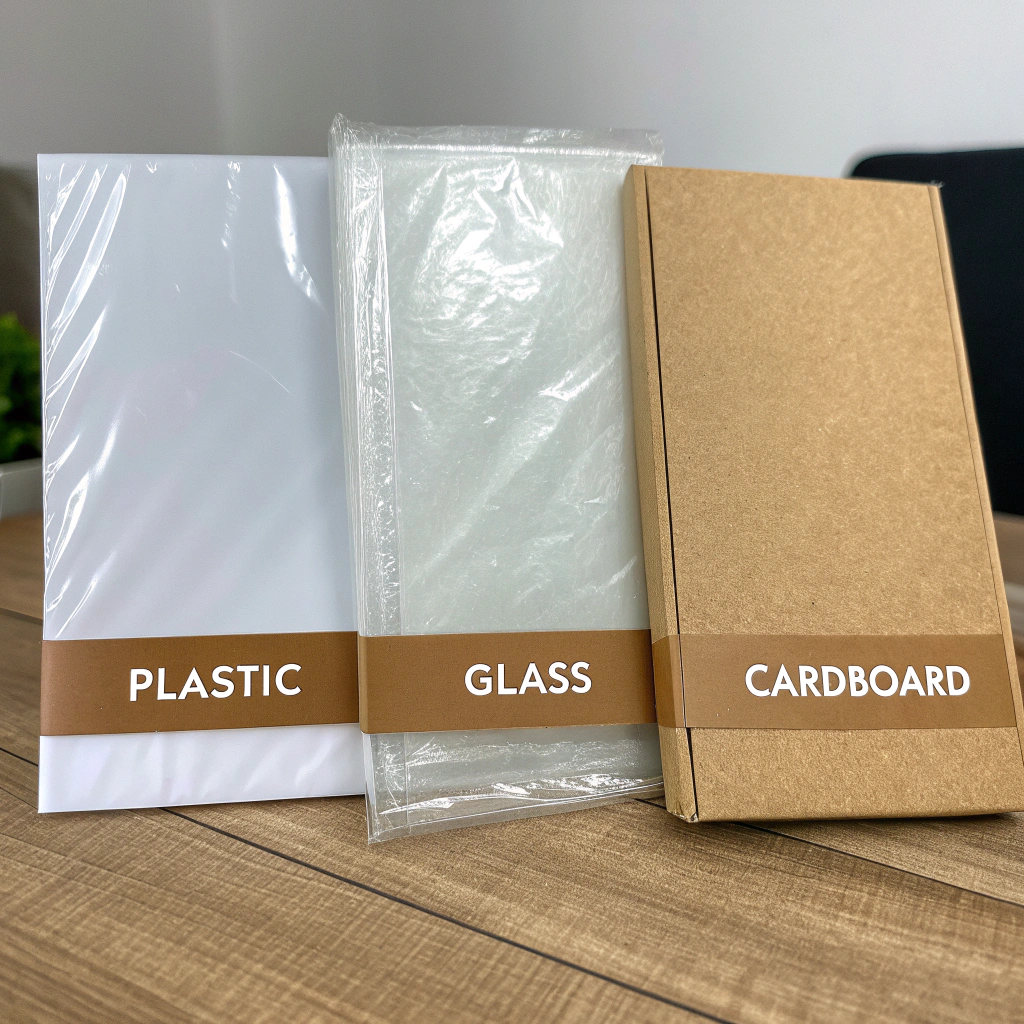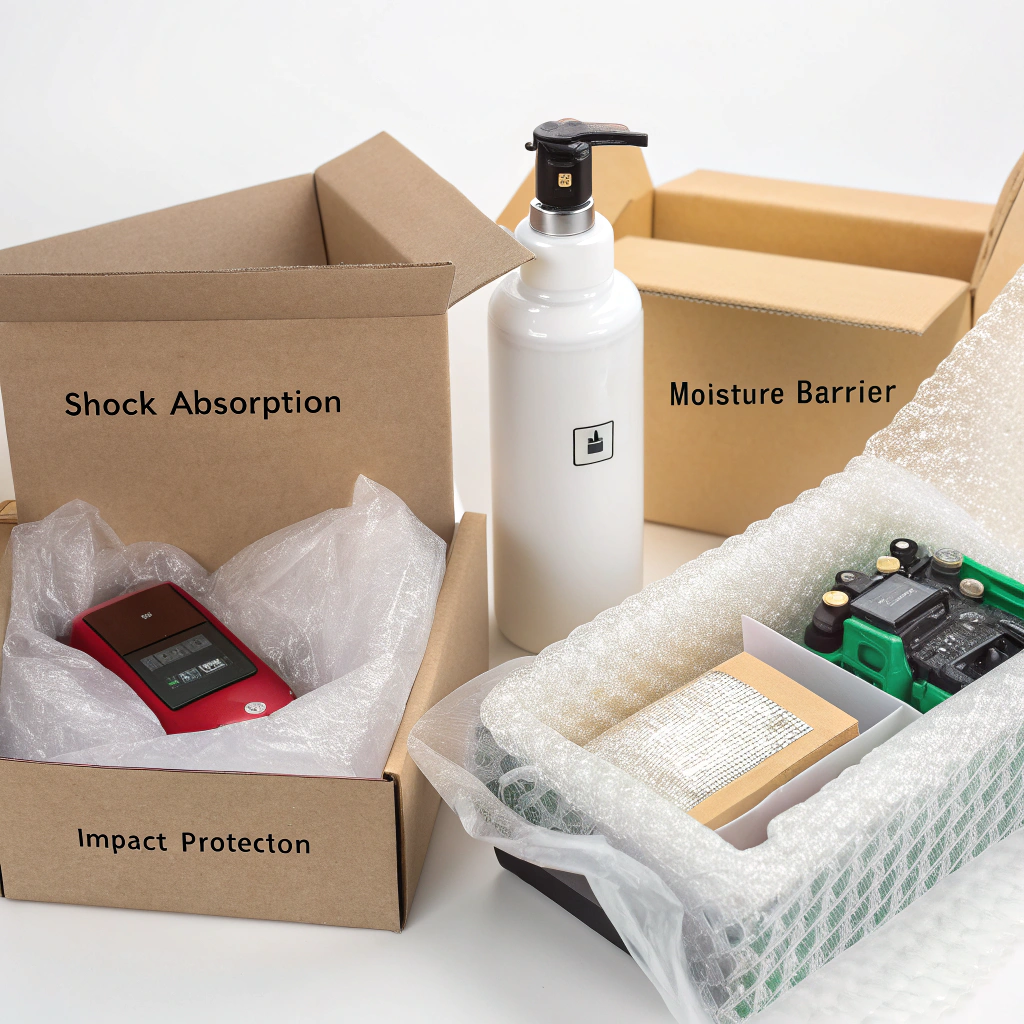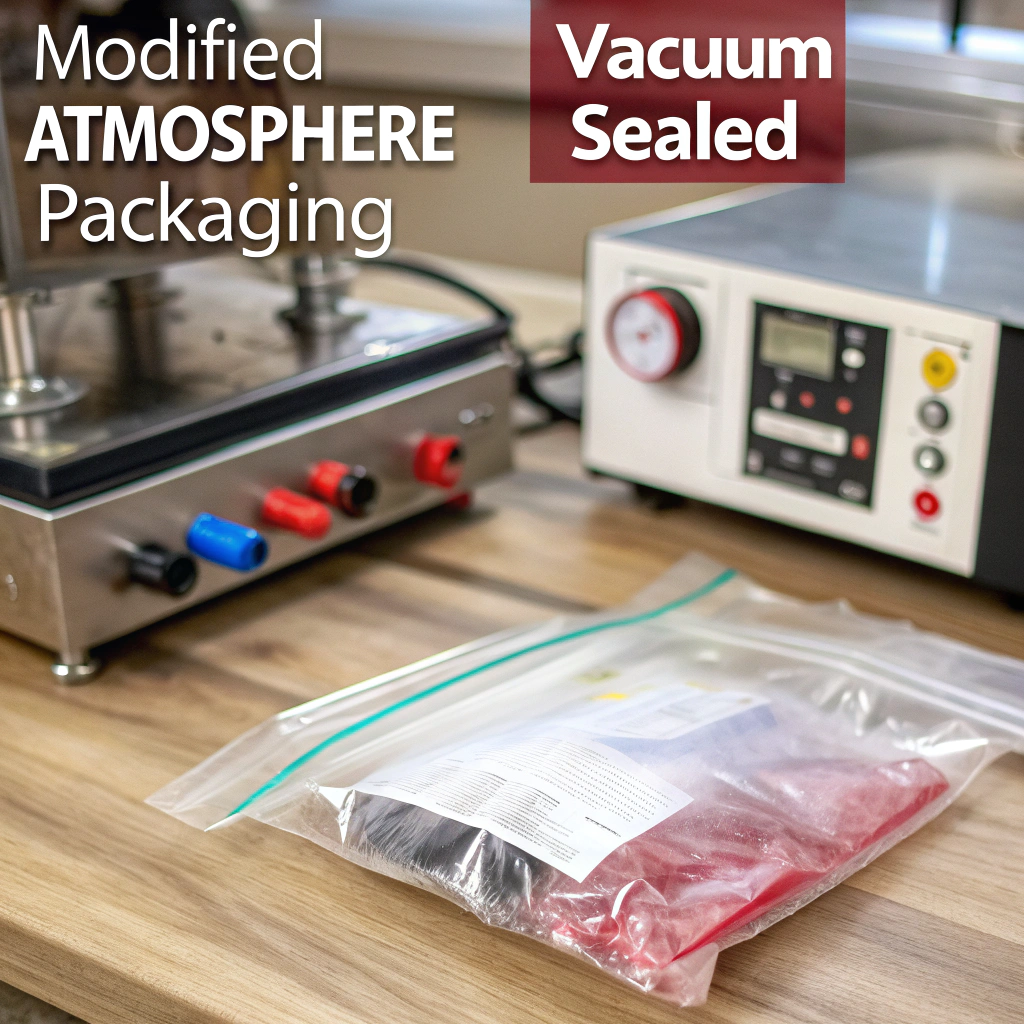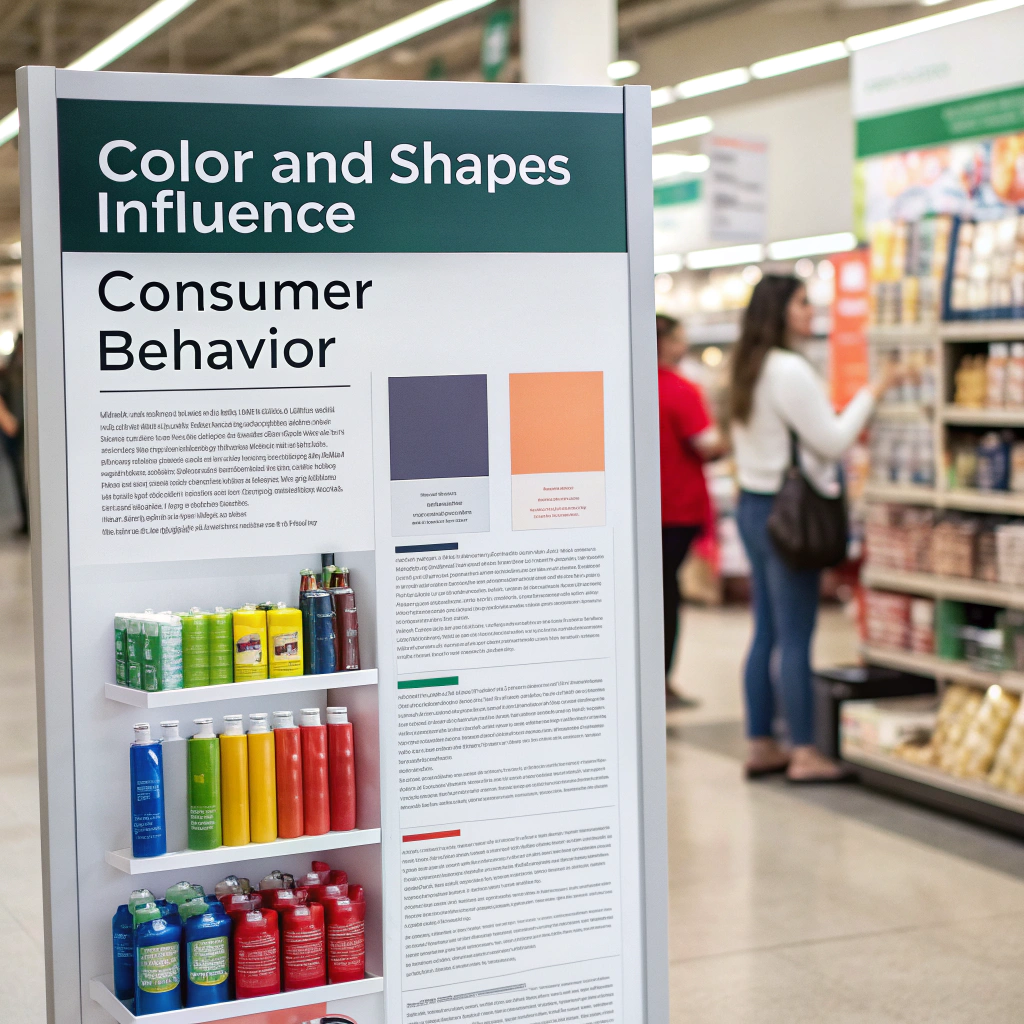The Science of Packaging
Packaging is a crucial aspect of product distribution and marketing that often goes unnoticed. However, the science behind packaging is complex and multifaceted, involving materials science, engineering, and consumer psychology. Understanding the science of packaging can help businesses enhance product safety, improve shelf life, and create a lasting impression on consumers.
1. Material Selection
The choice of packaging materials is fundamental to the effectiveness of the packaging. Different materials serve various purposes, including protection, preservation, and presentation. Common materials include:
・ Plastic: Lightweight, versatile, and moisture-resistant, plastic is widely used for food and consumer goods packaging.
・ Glass: Known for its impermeability and ability to preserve flavor, glass is often used for beverages and high-end products.
・ Cardboard: Eco-friendly and easily customizable, cardboard is commonly used for boxes and cartons.
Fun Fact:
The development of biodegradable plastics in the 1980s has led to more sustainable packaging options that break down naturally over time.

Different packaging materials serve unique functions in product protection and presentation.
2. Protective Features
Effective packaging must protect products from physical damage, contamination, and environmental factors. Key protective features include:
・ Barrier Properties: Packaging materials can be designed to provide barriers against moisture, oxygen, and light, which can degrade products.
・ Tamper-Evidence: Features like seals and shrink wraps help ensure product safety by indicating if a product has been tampered with.
・ Shock Absorption: Packaging can be engineered to absorb shocks and vibrations during transportation, reducing the risk of damage.

Protective features in packaging minimize the risk of damage and contamination.
3. Shelf Life Extension
One of the primary functions of packaging is to extend the shelf life of products. This is achieved through:
・ Modified Atmosphere Packaging (MAP): This technique replaces the air inside a package with a gas mixture that slows down spoilage.
・ Vacuum Sealing: By removing air from the package, vacuum sealing helps preserve freshness and prevent oxidation.
Fun Fact:
The use of MAP in the food industry has significantly reduced food waste by extending the freshness of perishable items.

Advanced packaging techniques help extend the shelf life of food products, reducing waste.
4. Consumer Psychology
The science of packaging also delves into consumer psychology. Packaging design can influence consumer behavior through:
・ Color Psychology: Colors evoke different emotions and perceptions. For example, green is often associated with health and sustainability.
・ Shape and Size: Unique shapes can attract attention, while familiar sizes can evoke comfort and trust.

The design of packaging can significantly impact consumer perceptions and purchasing decisions.
Conclusion
The science of packaging is a blend of material science, engineering, and psychology that plays a vital role in product safety, preservation, and marketing. By understanding the principles behind effective packaging, businesses can enhance their products’ appeal and functionality, ultimately leading to greater consumer satisfaction and loyalty. As packaging technology continues to evolve, the potential for innovation in this field is limitless.
